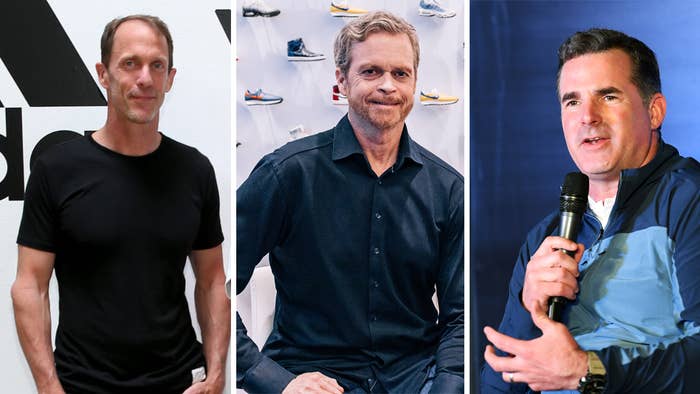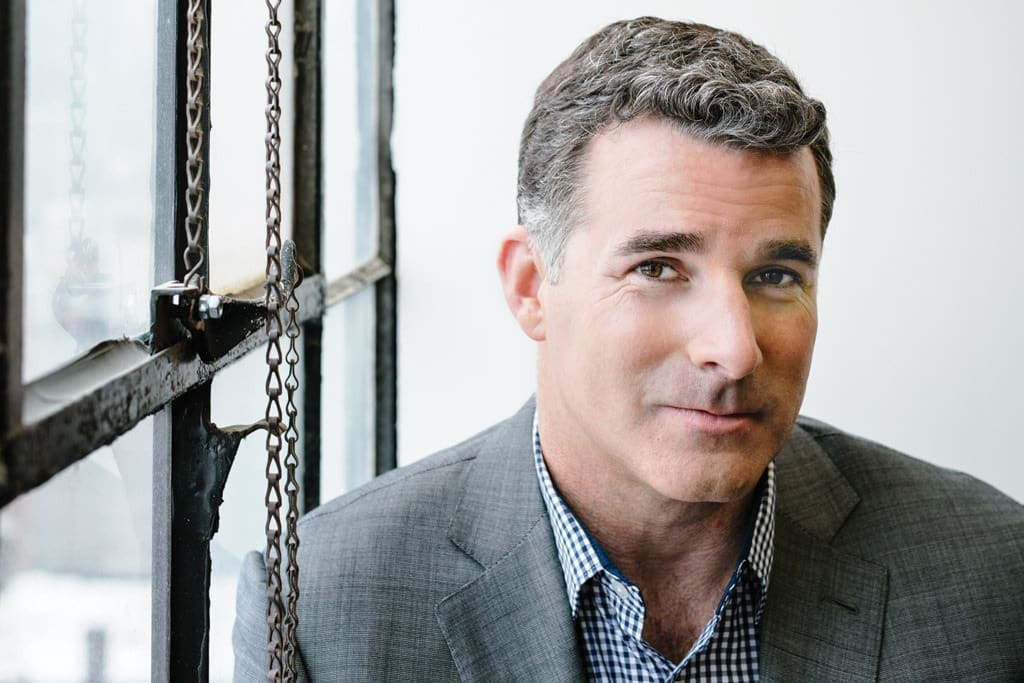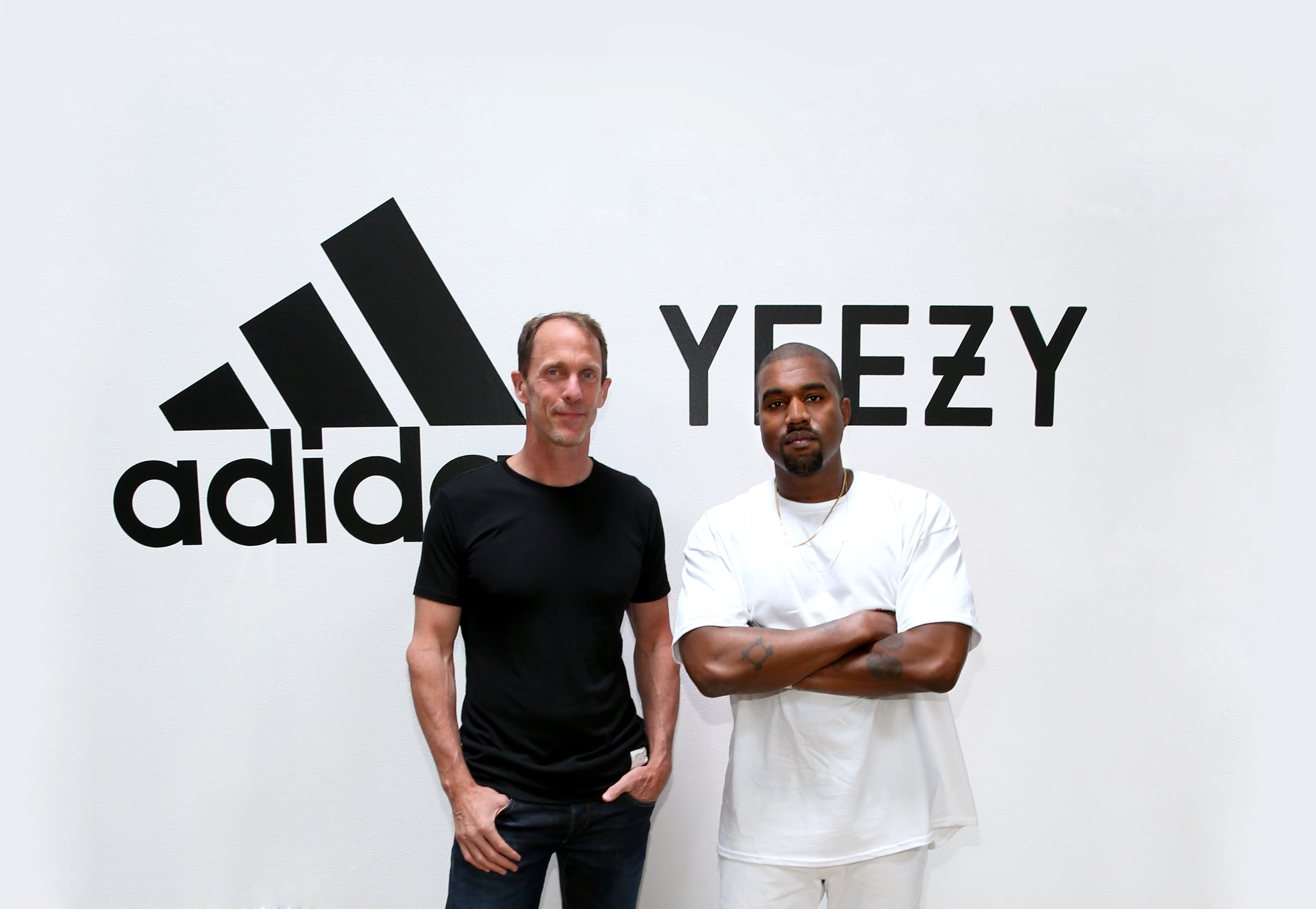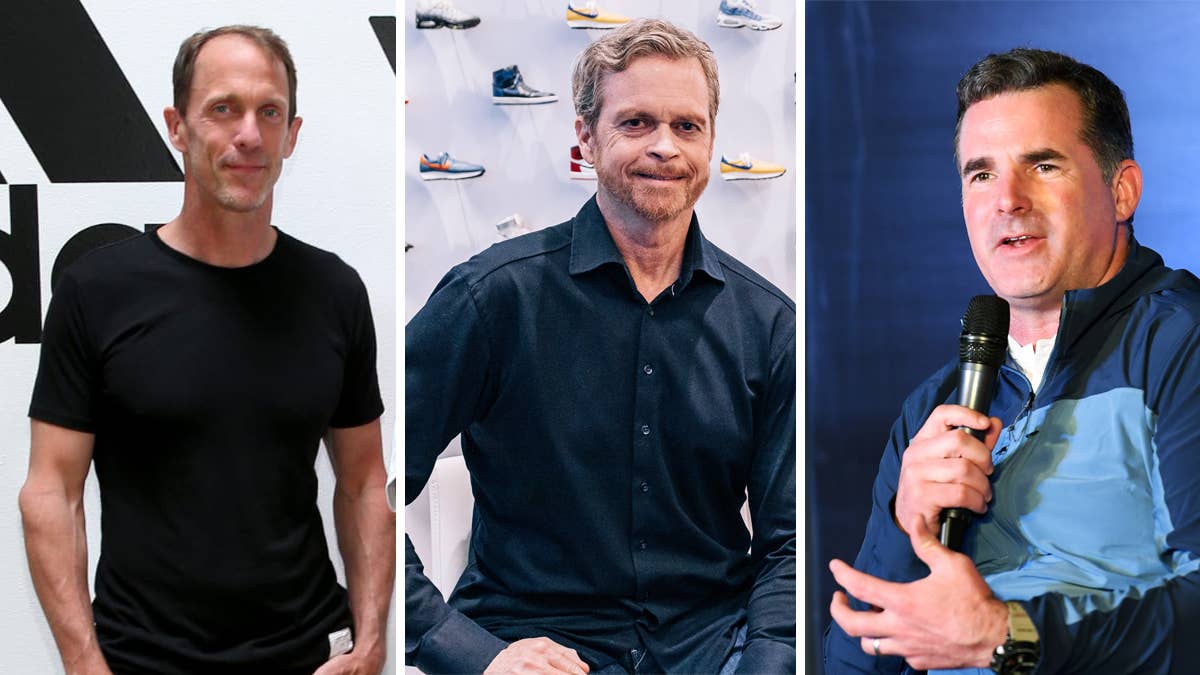
Nike CEO Mark Parker surprised folks outside the company with this week’s announcement that he would step down to take a position as a board member. The news came just hours after Under Armour founder and CEO Kevin Plank officially announced he was giving up his run at the top. And this came a day after a leading Adidas executive, Erik Liedtke, started a week of high-level footwear shake-ups by announcing he was leaving the company he had worked at for 25 years.
While the announcement of three major changes all happened within hours of each other, they have something else in common: new directions.
“For Nike,” says Matt Powell, the NPD Group’s senior industry advisor for sports, “I think this says they intend to grow their direct-to-consumer business much more aggressively.”
Calling the Nike changes a bit more urgent than those at Under Armour, Powell notes the same-day appointment of former PayPal and eBay CEO John Donahoe, who was a member of Nike’s board of directors, as the new CEO as the key differentiator between the two. Parker will serve as CEO until Jan. 13, before he steps back and becomes Nike’s executive chairman, leading the board and working with Donahoe and the senior management team.

Nike has undergone recent cultural rustlings that have left likely CEO successors outside of the company, such as former Nike brand President Trevor Edwards, who was dismissed due to allegations of a toxic work environment. The appointment of Donahoe cements Nike’s public desire to reshape the way it interacts with consumers directly, even after it had announced Parker would remain in his CEO post beyond 2020.
Parker, in a statement, said he was “delighted” at Donahoe joining the Nike team. “His expertise in digital commerce, technology, global strategy, and leadership, combined with his strong relationship with the brand, make him ideally suited to accelerate our digital transformation and to build the positive impact of our consumer direct offences,” he said.
Nike has made a huge push to DTC business over the past few years. The brand’s SNKRS app has allowed it launch hype sneakers through its own channels and not rely on retailer partnerships as much. Earlier this month, Nike announced it would stop supplying certain independent retailers by 2021, a move that signals a push towards its DTC business. This is an advantage Donahoe would have over Parker, given his long history of working in the tech industry. Parker is an old-school Nike guy who’s hung his hat on innovation since his days of working in the brand’s research and development facility in Exeter, New Hampshire, and being influential in technology such as Flyknit. Having Parker retain a position on the brand’s board still lets him have say in the company, while Donahoe can position Nike as a Google of the sneaker world, a Silicon Valley-esque brand with an ever-expanding scope.

Cristina Fernandez, an analyst at Tesley Advisory Group, said in a message to investors that Donahoe “brings experience as a public-company CEO and a deep background in technology and strategy.” Those skills will take center stage as “Nike continues to elevate and expand its digital platforms and further integrate technology into different facets of the business.”
Parker called the change the “best way for us to evolve and grow as a company,” telling CNBC in an interview that the succession plan had been in the works for months.
Under Armour’s shift was less of a surprise. “This formalizes what has been in place for some time,” Powell says, “so I don’t see a great change.”
As Under Armour continues to struggle to make up ground on Nike or Adidas in footwear sales, and brands such as Puma and Fila enjoy a resurgence, it needed a new direction. With Plank in the lead since he founded the company in 1996, the timing was right to find that direction. Under Armour sales have slowed compared to a year ago and shares have lost pace, coming in at one cent under the prediction in Q2 2019.
That said, Under Armour didn’t drastically shake things up, turning to Patrik Frisk, the brand’s current COO, as the new CEO. The change will happen on Jan. 1. Plank will remain as executive chairman and brand chief. Frisk has been with the company since 2017.

Some might hypothesize that Plank’s association with President Donald J. Trump, of which he was appointed to the American Manufacturing Council, has had a negative effect on the company. Although he left the council in 2017 and disavowed the President after a perceived reluctance to denounce the Charlottesville protests.
The Adidas news isn’t as drastic. Liedtke has been with the brand since 1994, and while he’s credited with crafting its current business plan, which was implemented in 2016, and helping orchestrate the successful Beyoncé, Kanye West, Pharrell, and Parley for the Oceans efforts, he did not hold the top spot at the company. Liedtke started in the brand’s North American Headquarters in Portland as global line manager for cross training before eventually rising to his current role as executive board member at Adidas in Germany, a position he has held since 2014. Though he was once considered a CEO candidate, the position was instead given to Kasper Rorsted in 2016.
Although Adidas has reached new heights since 2016, with the introduction of the Ultra Boost and Yeezy line, the brand has also recently grown stagnant. There’s no saying that Liedtke leaving the brand has anything to do with the company’s lack of creative growth, anything is possible.
Rorsted praised Liedtke’s marketing expertise in a statement, while Liedtke said “now it’s time to move on to pursue new projects and ventures.” Liedtke has not announced what he will do next, but it won’t be with Adidas. The move comes Dec. 31.
With the changes, three leading footwear companies will take a fresh approach to business. It may signify the one thing the companies have most in common: a desire to grow and change.

